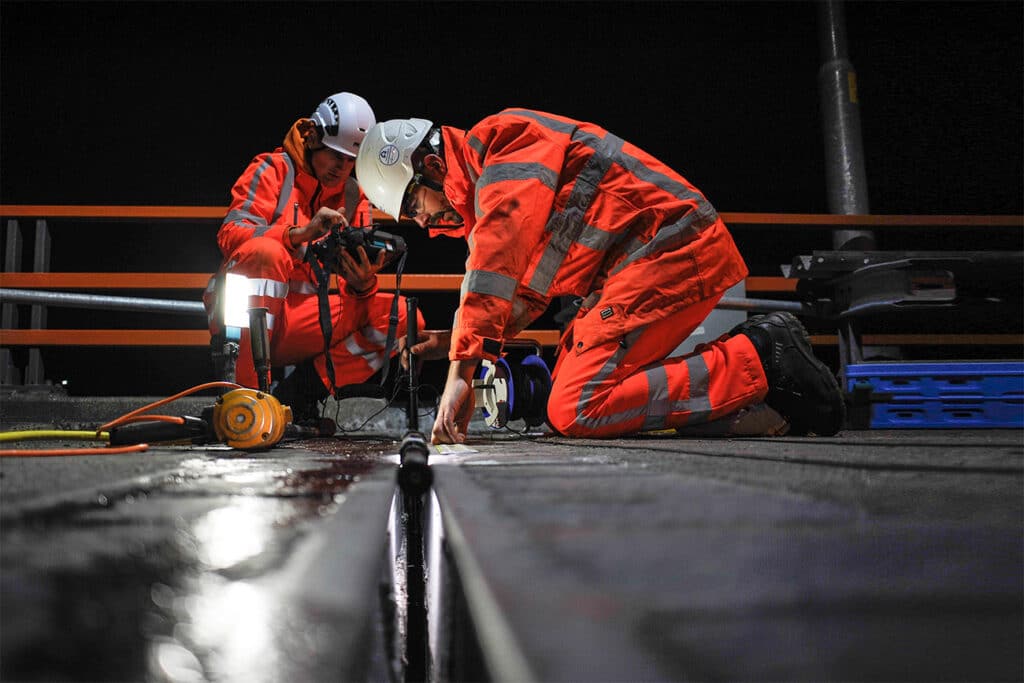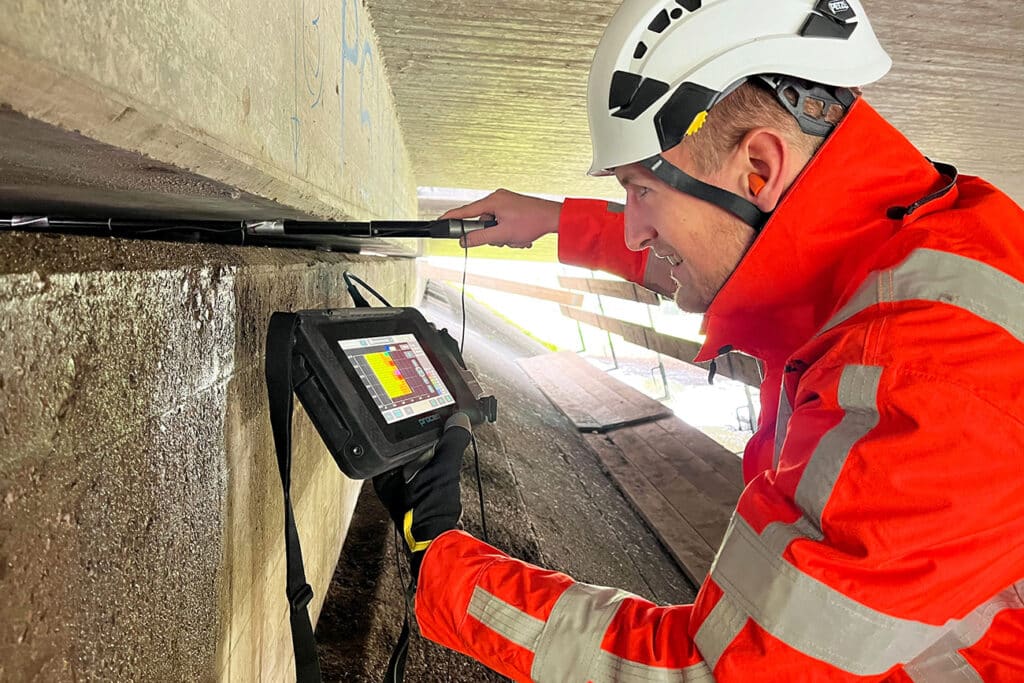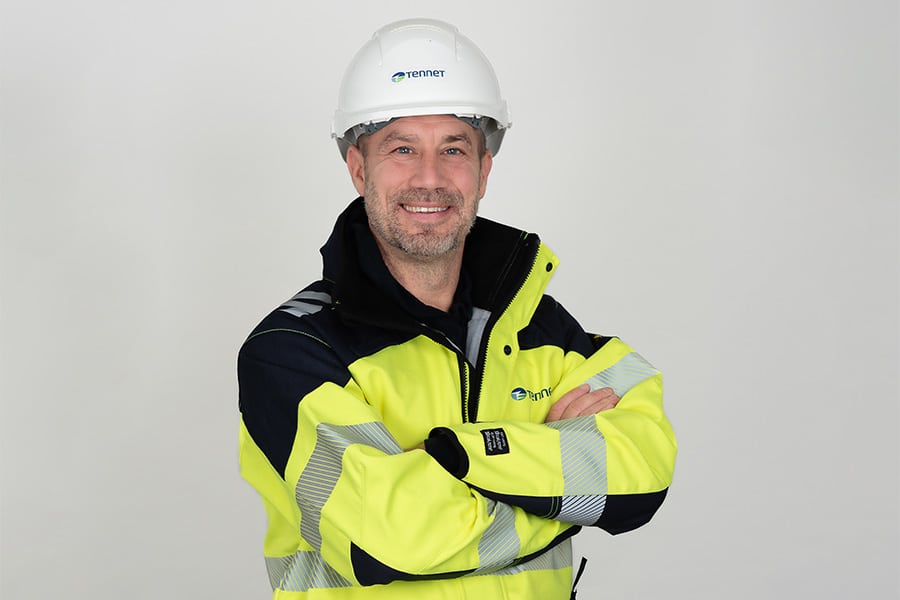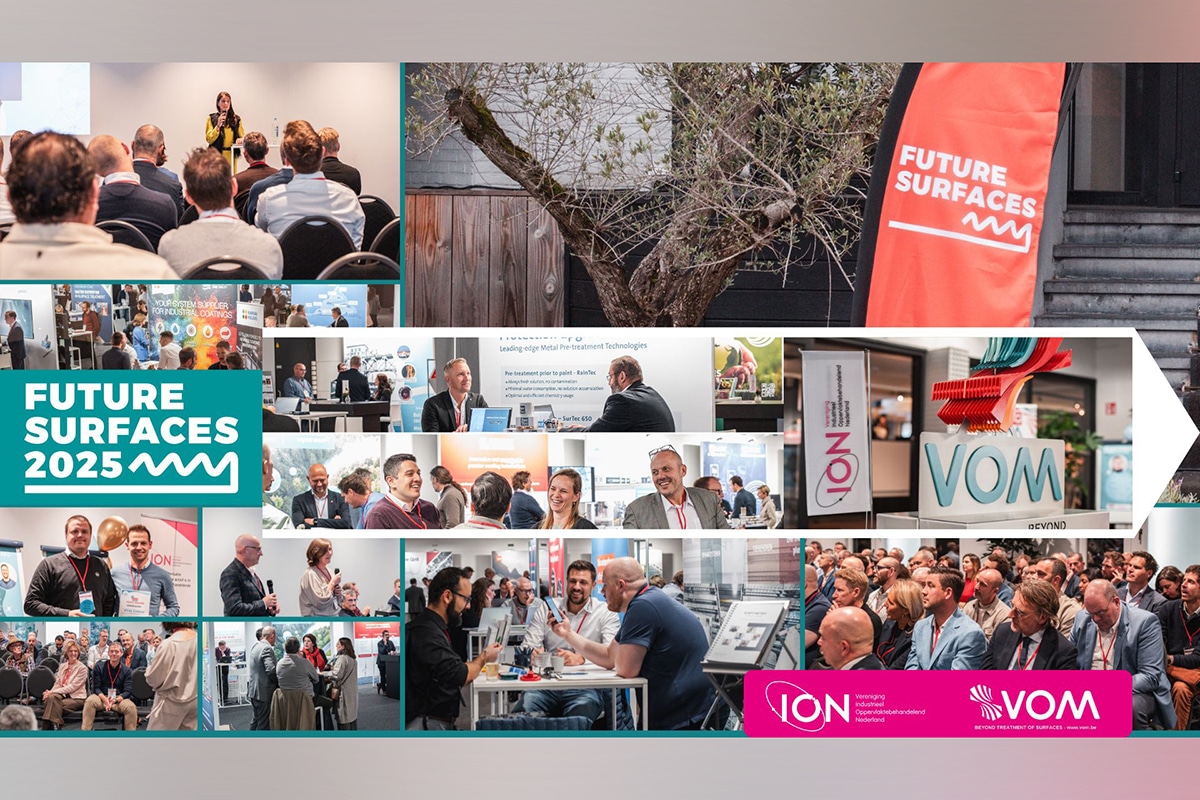
Targeted technical investigation prevents drastic jacking action viaduct Strijkviertel in A12
To monitor the condition of bridges and viaducts in our country, condition measurements are carried out on an ongoing basis. Sometimes it is difficult to arrive at a diagnosis regarding the condition of a structure based solely on a visual inspection. Further investigation can help gather the necessary data. However, the capabilities of common inspection instruments are not always sufficient. For example, when construction parts are poorly accessible, such as the space under joint crossings. Targeted technical research with specialized equipment offers a solution. It even recently prevented a jackhammer action at the Strijkviertel viaduct on the A12 near De Meern.

The need for better insight into the condition of hard-to-reach structural parts was recognized by Concept Engineers. It therefore developed several inspection tools that can be used in areas with limited dimensions, such as joint transitions and tooth structures. "Under joint transitions, several elementary parts of the main load-bearing structure come together," says Ruud Meijer, director of Concept Ingenieurs. "Think of overlays, prestressing anchors and critical reinforcement details. Given the interplay of forces, insight into the condition is important precisely at that location."
Pitting corrosion
Joint crossings are regularly replaced. According to Meijer, it is a prime opportunity for further examination of the concrete surfaces beneath the joint crossings, because "for proper management, it is obviously desirable to properly inspect the condition of these structural members on a regular basis. The inspection need is only compounded by the fact that joint crossings can be leaky. Thaw salts (chlorides) then flow with the rainwater through the joint, past these structural members. Chlorides pose a threat to the reinforcement and other steel components below the joint transition. For reinforcement, it can cause a form of corrosion (pitting corrosion) that can lead to loss of strength relatively quickly. However, the space under a joint transition is poorly accessible for regular inspections and maintenance. As a result, in many cases the structural members do not get the attention they deserve."

Tight spaces
Leakage of joint crossings is observed during regular inspections, Meijer acknowledges. "The risk of damage to underlying structural parts is then often named, but not quantified. So the manager of an object does not know at that moment what the situation is. As a result, it is not possible to properly weigh which management measures are the right ones."
Viaduct Strijkviertel is a typical example where administrator Rijkswaterstaat was forced to take management measures based on a risk that had not been quantified. "There was an investigation report behind it, but it was limited," says Jan-Jaap van den Brink, technical advisor on engineering structures at Rijkswaterstaat. "It was known that the joint crossings had been leaking for some time. The accessible parts of the abutments showed a lot of concrete damage and contamination by chlorides. Based on that fact, it was decided to carry out large-scale concrete repairs. Based in part on experience with similar viaducts, it was decided as a precautionary measure to jack up the viaduct about 1 meter. Only then would sustainable repair of the suspected concrete damage to the hard-to-reach parts of the deck be possible. Accordingly, jacking became part of the specifications."
Plan of action
Heijmans Infra Civil Specialism did see merit in the new tools of Concept Engineers. Their deployment was part of its plan to tackle the Strijkviertel viaduct. This made it possible to subject the concrete surfaces under the joint crossings to, among other things, potential measurements, coverage measurements, core drilling and a visual inspection of the reinforcement. A joint opening of only 4 cm was sufficient for the inspectors to do this. The results showed a different picture than was expected. Compared to the accessible front of the supports, the condition of the concrete deck under the joint transitions was remarkably good. There were some minor (potential) damages found, but this was not in proportion to what was expected. Jacking of the deck could be omitted. A huge windfall for Heijmans and Rijkswaterstaat. Van den Brink: "It is an enormous windfall not only in a technical sense, but also for the environment. The jack-up action meant a road closure of twelve days. That obviously has a huge impact on traffic flow and the environment."
The investigation on viaduct Strijkviertel has been completed. The maintenance work still needs to be carried out, but due to the greatly reduced form of this, traffic on the viaduct will notice little of it. Finally, Meijer sees many more opportunities for deployment of the new tools: "They are currently being used successfully on several other projects, including on viaducts with tongue-and-groove bearings that are known for their poor inspectability."




